Conception
The astronaut records video footage of active thunderstorms through the cupola window of the International Space Station, taking advantage of the unobstructed view. The experiment primarily aims to directly observe natural atmospheric electrical activity. Simultaneously with the space mission, we are also collecting various measurements and observations from ground-based observers and scientific partners, in order to conduct the most comprehensive analysis possible of the environmental interactions of atmospheric electricity.
We also warmly welcome the contributions of amateur and professional citizen observers. For more information, please visit the “I can contribute!” section.
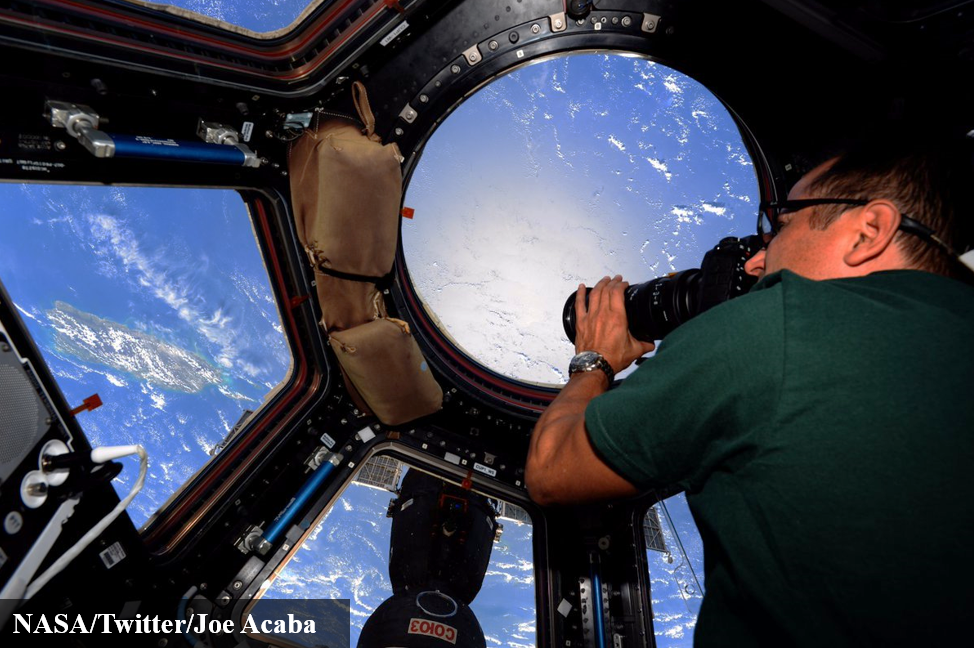
Implementation
From the International Space Station, the astronaut records video footage of forecasted storm systems while flying over the nighttime hemisphere. The cupola window provides a complete view of the observation area. Thunderstorm regions both directly beneath and alongside the station’s orbital path can be captured. Compared to a fixed camera, the astronaut is able to observe and record a target area for a longer period of time, as they can follow the lightning activity throughout the flyover. Even so, there is typically only 5 to 7 minutes available to observe a storm system.
To do this, the astronaut must prepare and adjust the camera in time, select the appropriate lens, determine the expected direction of the target’s appearance, and then, with a steady hand, capture high-quality footage while continuously tracking the target. All of this would be challenging even under Earth conditions — in microgravity, it presents a unique and significant challenge.
360° video on observing from the Cupola window
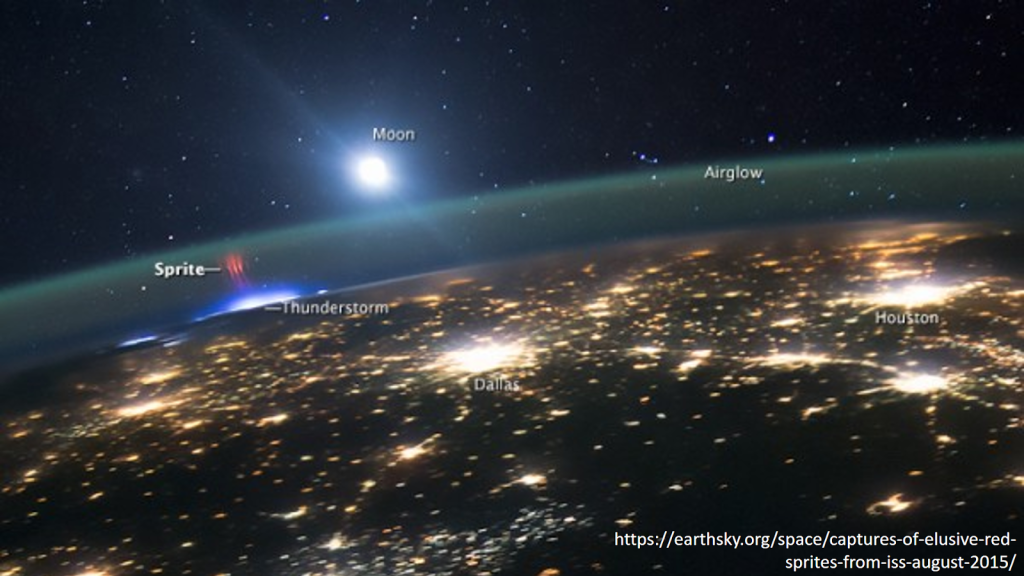
The vantage point in space
The orbit of the International Space Station gradually covers the latitudes between approximately 56° north and 56° south around the Earth. As a result, although not all at once, it is possible to observe all lightning-active regions from orbit. This provides virtually global coverage, where a large portion of the Earth’s surface can be observed at once. From an altitude of 370–400 km, the visible area forms a circle with a diameter of about 4000 km.
In addition, there is no obstruction to the view of the tops of clouds or the atmosphere above them, where other light phenomena and flashes associated with electrical discharges may occur. The color and spectral composition of these lights can be altered by the Earth’s atmosphere when observed from the ground. Observing them from above, the much thinner air causes less distortion allowing the phenomena to be captured in their original colors.
A key advantage of lightning observations from a low-Earth orbit — where the International Space Station flies — is that the proximity allows for higher-resolution, more detailed recordings of the discharges.
Scientific context
The primary sources of atmospheric electricity are active thunderstorms. Lightning discharges within them are not only spectacular natural phenomena, but also versatile tools for studying our environment. In particular, the detection of radio waves generated by lightning enables a wide range of applications. These include forecasting and studying extreme weather events, gaining insights into the electrical state of the near-Earth space environment, and learning about the properties of subsurface layers beneath the Earth’s surface, too.
The frequency of thunderstorm occurrences in a given region, the intensity of charge separation within them, and the strength of lightning activity are all characteristics that reflect the local climate. Therefore, observing thunderstorms and lightning provides a unique method for characterizing climate. Moreover, by collecting a sufficiently large number of observations, it is possible to investigate changes of the climate from this perspective as well.

Average number of thunder hours in different regions of the Earth in a year
Interactive lightning density map
Extremely strong charge accumulation or particularly long-lasting electrical discharges, gigantic lightning strikes represent the extremes among atmospheric electrical phenomena. These events occur relatively infrequently (on average, just a few per minute globally), yet their (temporary) impact on the environment is significant. Precisely because of their exceptional nature, they can be studied individually and in detail, helping us better understand the geophysical processes taking place in the atmosphere and the surrounding environment, as well as the connections between atmospheric phenomena, cosmic radiation, and even the properties of the Earth’s lithosphere.
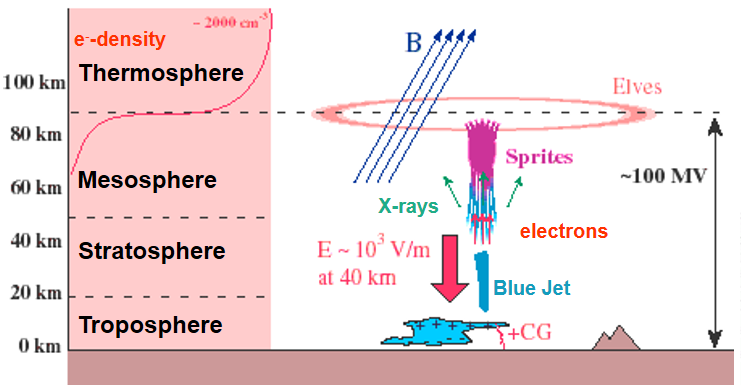
Sudden or rapid rearrangements of electrical charges within a thunderstorm cloud—such as those triggered by an exceptionally powerful lightning discharge—can induce additional electrical discharges at the top of the cloud or even far above it, at altitudes of up to 50–70 kilometers. These events are accompanied by a wide variety of light phenomena: brief (typically less than one second), yet large-scale flashes of red and bluish-purple light, often tens of kilometers across, visible only at night. These flashes form the group of so-called Transient Luminous Events (TLEs), which are electrical discharges occurring above thunderstorm clouds. Observing these phenomena provides valuable insights into extreme atmospheric electrical activity and its effects.
Scientific questions
Lightning and Transient Luminous Events (TLEs) are closely connected. In particular, extreme lightning discharges (gigantic lightning strokes) are responsible for producing phenomena such as red sprites in the upper atmosphere. However, our understanding is still limited regarding how the properties of the triggering lightning determine the shape of a sprite. No two sprites are exactly alike, yet they often appear in a few characteristic forms, such as columnar or carrot-shaped. What kind of lightning produces one shape or the other is still an open question. We hope that observations from this mission will bring us closer to an answer.

Several lightning detection networks exist that are capable of detecting large lightning strikes wherever they occur on Earth. However, the detection efficiency of these networks varies across different regions of the globe, as it is not feasible to install lightning detection antennas everywhere. Observations from space can help assess the effectiveness of ground-based lightning detection systems.
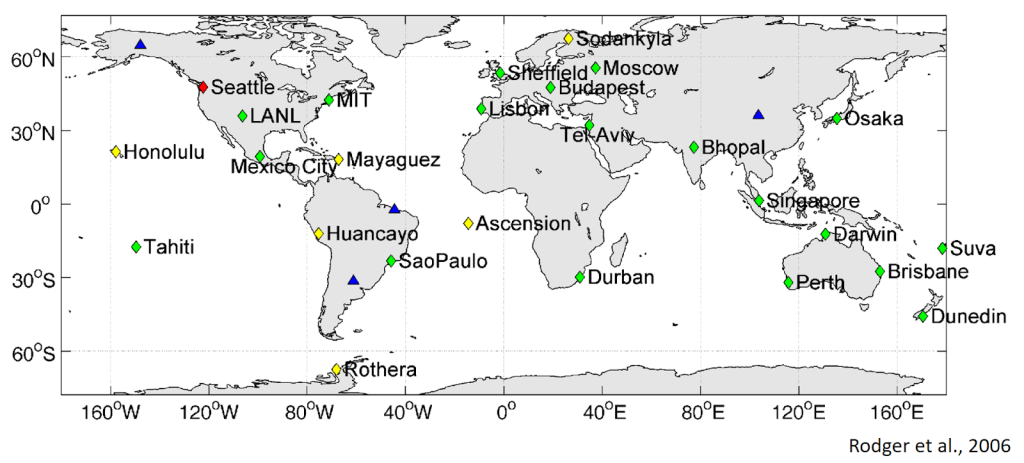
Recording stations of the WWLLN lightning detection network in 2006
Some elements of the TLE family can also be detected remotely by indirect means (such as radio waves or infrasound). However, the detection efficiency of these alternative methods is also not well understood. This project can help investigate and clarify this as well.
Compared to ground-based observations, the thin atmospheric layer between the cloud tops and the space station introduces negligible distortion to the color of lightning flashes and TLEs. This means that, at least within the sensitivity range of the cameras used, we can obtain an undistorted view of the color composition of these phenomena, including how it changes with altitude.
To support climate research that takes atmospheric electricity into account, we need a large number of observations of electrical phenomena in the atmosphere—particularly of extreme events—collected with global coverage. The results of the UHU observation experiment could also be valuable for training artificial intelligence–based automatic event detection algorithms, which can support the development of an extensive database for scientific research.
Earlier work
The phenomenon of red sprites and other similar upper-atmospheric electrical discharges was only discovered 30–35 years ago, in the 1990s. Our institute’s first involvement in evaluating space-based observations dates back to the 2003 mission of the Space Shuttle Columbia (STS-107), which is also remembered for the tragic accident during its reentry. At that time, the shuttle itself provided the necessary observation platform in orbit; today, astronauts aboard the International Space Station can direct the camera toward targets from the Cupola window. Back then, HUN-REN FI contributed to the scientific work through our low-frequency giant lightning detection capabilities. Today, we are the initiators of the UHU observation experiment and are responsible for coordinating the scientific team on the ground.
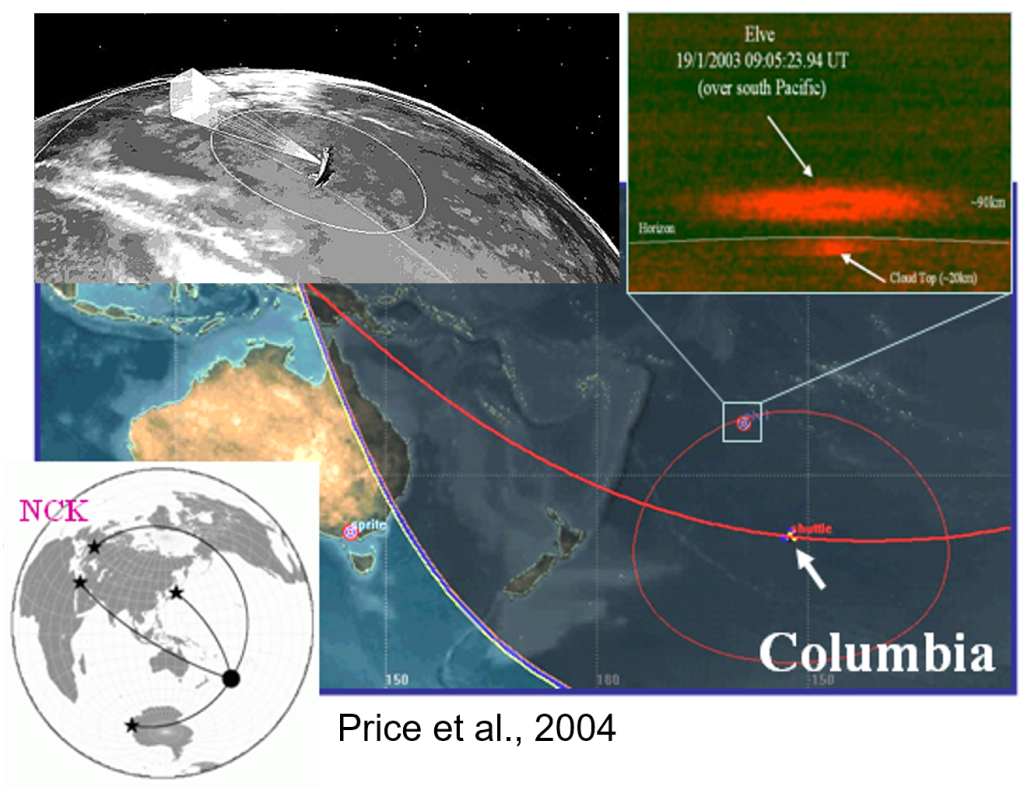
In Hungary, we have been conducting camera-based observations specifically targeting upper-atmospheric electrical discharges from Sopron since 2007 (with some interruptions). Since these flashes occur at very high altitudes, the Sopron observations cover a large portion of Central Europe. We have also operated a camera in Baja since 2014, which can be controlled remotely. One of our scientific findings related to upper-atmospheric discharges has confirmed the close relationship between gigantic lightning strikes and the so-called “dancing sprites” they trigger.
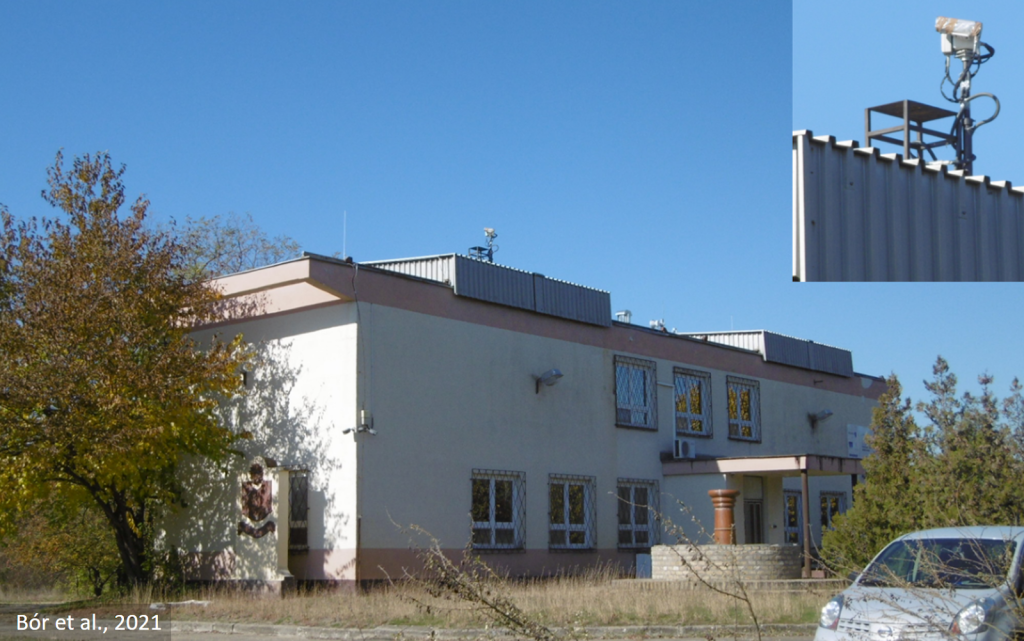
The sprite camera on the roof of the Baja Astronomical Observatory, Hungary
The mission most similar to the UHU experiment took place in 2015, when a Danish astronaut conducted such observations from the ISS Cupola window as part of the THOR experiment. Since then, both the techniques for space-based observations and the accumulated experience have improved significantly. The cameras used today are more advanced, and the reliability of target predictions has also been enhanced. Most recently, the ILAN-ES series of experiments aimed to conduct such observations, and these were successfully carried out during the Axiom Space AX-1 and AX-3 missions. It is fair to say that every space-based observation project so far has resulted in new scientific insights. Building on Axiom Space’s prior experience and the support of our Israeli research colleagues, we have every reason to believe that this current experiment will also yield valuable scientific results.
Why UHU?
There are many similarities between the flight of a hunting owl and an astronaut photographing lightning. In both cases, we’re talking about silent, nighttime flight, where the hunter, with keen eyes and sharp attention, searches for its prey from above. While an owl’s prey is typically small rodents,it’s atmospheric electrical discharges that are captured through the lens from the International Space Station. The eagle owl (uhu) often symbolizes wisdom and science, making it a fitting emblem for this scientific project.

Complementary observations
Whenever possible, the basic properties of the discharges detected from space are determined by ground-based lightning detection networks. Location and timing data, for example, are essential starting points for analyses.
The mission will be accompanied by a ground-based camera observation campaign. Both professional and amateur observers are welcome to join this challenge: capturing the same discharge simultaneously from the ISS by the astronaut and from the ground by an observer. So far, no similar manned mission has ever succeeded in capturing the same red sprite, blue jet, or gigantic flash from both space and Earth at the same time. More information about participating can be found in the “I can participate!” section.
An additional valuable piece of information would be if the sounds of the lightning captured from space could also be recorded. Naturally, this can only be done from the ground. Our chances are increased by the fact that very low-frequency sounds, known as infrasound, can be detected over hundreds of kilometers using specialized equipment operating in networks. One such station is located in Hungary at Piszkés-tető.
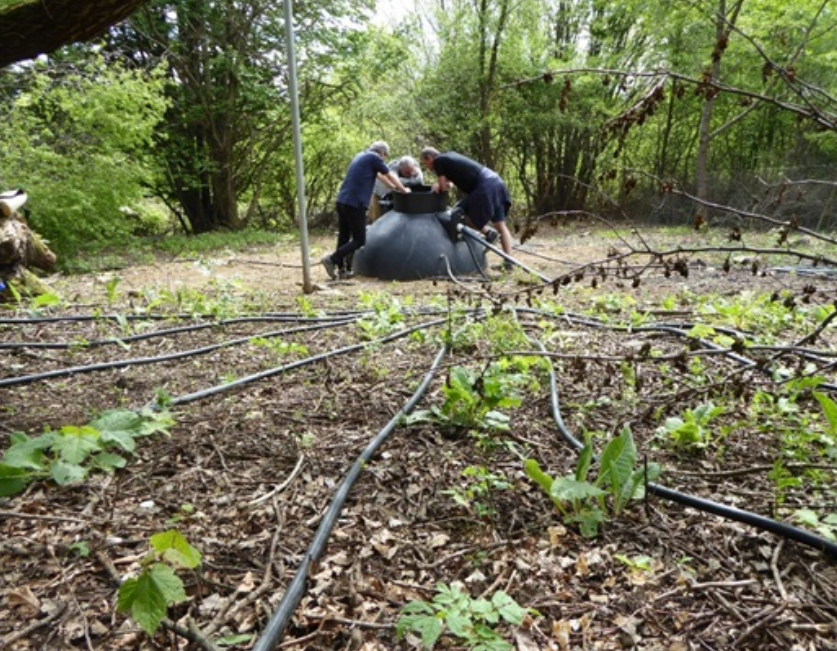
Many other properties of lightning can also be determined from the radio waves (essentially radio noise) they generate. These signals are detected across different frequency ranges by various measurement stations operated by domestic and international institutions. Among them, it’s worth highlighting the extremely low-frequency (ELF) measurements, which are conducted by the HUN-REN EPSS at the Széchenyi István Geophysical Observatory. This system is capable of detecting the unique signatures of gigantic lightning strokes, wherever they occur on Earth. Thus, our own measurement data are also used in the evaluation of the observations.
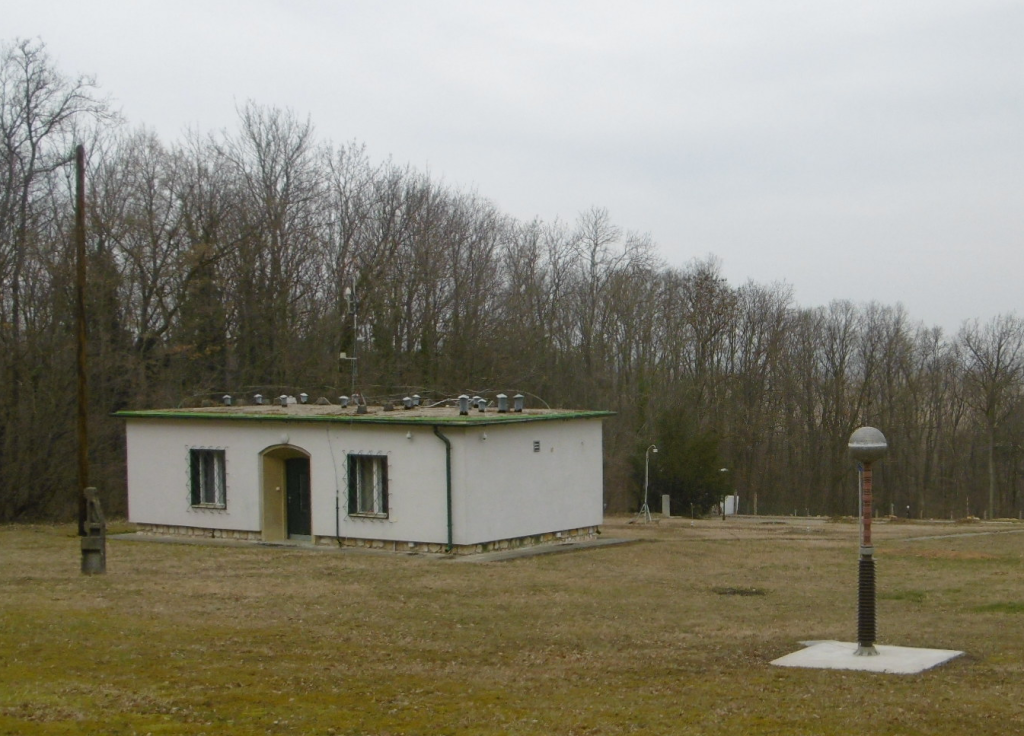
 English
English Magyar
Magyar
